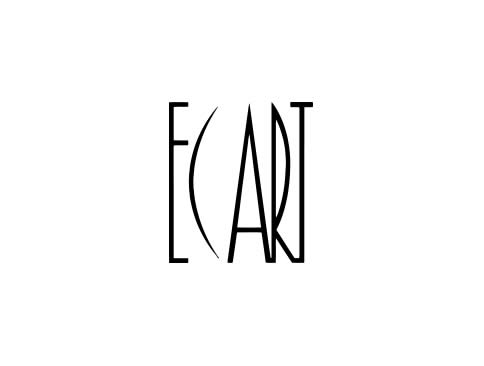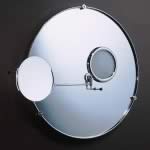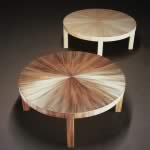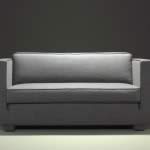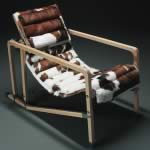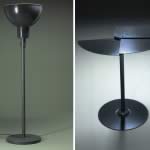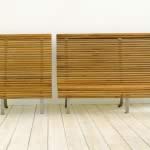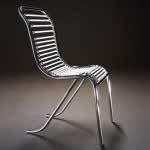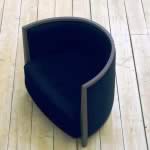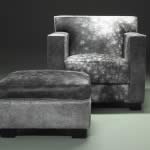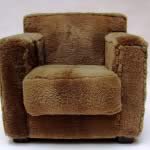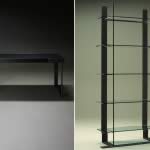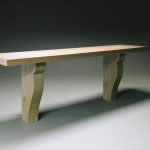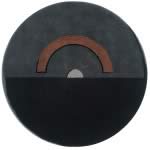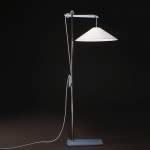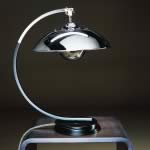Ecart was born in Paris in 1978 from the will and foresight of Anrée Putman, who bravely decides to re-propose some forgotten designers of the 1930s such as René Herbst, Jean-Michel Frank, Pierre Chareau, Michel Dufet, Mariano Fortuny, Robert Mallet-Stevens , Eileen Gray … trying to win back the general public with some eternal masterpieces in a period, the early 1980s, where design and interior trends were taking different paths. The name already wants to be a manifesto of what you want to propose: Ecart as a gap, as a different proposal from everything that was dominating the world of design in those years.
In the mind of Putman these masterpieces could not be forgotten, the result of the design of great architects and designers and the realization of the best French and in particular Parisian craftsmen. In fact, everything started from Paris and then interested in the world, up to the United States of America, where Putman herself will take care of the famous Morgans Hotel in New York in 1984 and then of many public and private spaces.
As she often liked to say after the Americans, finally the French and then the Europeans began to love her style and her elegant and refined proposals; the works of the great French masters of the 1930s were proposed together with an always impeccable anonymous design, with colors and materials often very brave: electric blue, the famous black and white damier (almost a trademark) …
Many well-known faces and French fashion brands such as Azzedine Alaia, Balenciaga and Karl Lagerfeld relied on Putman and Ecart furnishings for their shops and ateliers, but also some politicians such as the French minister of culture Jack Lang for his office. in 1984 or finally some large institutions such as the CAPC museum of contemporary art in Bordeaux, for which Anrée Putman will design a monumental and iconic floor lamp
In Putman’s work and in the Ecart catalog, almost a reflection of her personality, the materials defined as rich and precious, such as black lacquer or chromed steel, are combined with simple and poor ones, such as cotton or natural wood, the bolder colors are put in relation with more neutral ones, more squared shapes are alternated with more sinuous lines.
The Ecart catalog is still divided into 2 parts: one dedicated to the historic French masters of architecture and interiors of the 1930s, much loved by Putman, the other to projects designed by Putman herself, such as the Crescent Moon sofa or the floor lamp Lune, or new collaborations and contemporary designers. All production: furniture, upholstery and lighting, is still made in France by the best craftsmen, while rugs, like the iconic black and white specimen by Eileen Gray, are hand-woven in Nepal.
